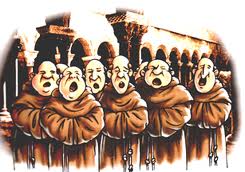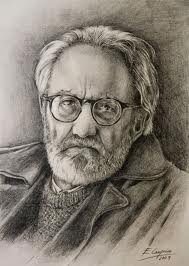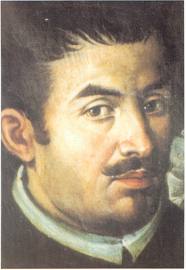Spanish Pre-Renaissance Polyphonic Music
Spanish Pre-Renaissance Polyphonic Music

Polyphony had been developing in the West throughout medieval times, at least from the X century onwards. As the Late Middle Ages rolled on, it was largely preferred over traditional monody, which until then had been the dominant structure used for Gregorian chants and related liturgical and religious songs.
Thus, Sacral music of the XIII century was primarily organised within the precepts established by the School of Notre Dame, usually known as the Ars Antiqua exploiting the full potential of traditionally monodic melodies, such as the organum and the conductus, and further developing polyphony through, for instance the motet, likely a progression of the traditional organum, which would soon become the most popular melody in sacral music.
The publication of Philippe de Vitry'sArs Nova (New Method) in 1320 signaled the decay of the Ars Antiqua in favour of a more flexible polyphony that would reach well beyond the realm of clerical music. As a matter of fact, the XIV century witnessed a significant degree of exchange between sacral and secular music promoting the development of both on separate but interconnected paths.
From motets to ballads, from rondeaux to isorhythmic forms, the Ars Nova enabled the progression of medieval music from its static origins to the looser polyphony that ultimately prevailed. In the Iberian peninsula, only two manuscripts remain with examples of the influence of the Ars Nova, and neither of the offer any clues as to the authorship of the material.

It is not until the end of the XV century that the first identifiable composers emerge in Spain. Among the most notable ones from the the Castilian polyphony school, stands out Juan del Enzina, whose compositions were often written in the dialect from Leon and who gained much fame with his simple villancicos of popular themes.
Credited as one of the pioneers in the development of the theatre in Spain, Juan del Enzina was instructed in the Cathedral of Salamanca, but thereafter always carried out his trade in various courts, avoiding sacral music altogether. This highly distinctive circumstance sets him apart from other major contemporaneous composers, such as Juan de Anchieta, who was closely linked to the Royal choir in times of the Catholic Monarchs, and later with Juana la Loca.
Like most musicians of the time, Juan de Anchieta split his trade between sacral creations, mostly Gregorian chants written in Latin, and secular works, commonly villancicos, written in the vernacular Castilian and addressing mundane topics of general interest. Himself a priest, Anchieta's body of work is mostly devoted to motets, masses and Magnificats, largely influenced by the work of his contemporary, Francisco de Peñalosa.
Francisco de Peñalosa

Also a priest, Francisco de Peñalosa was one of the most prolific writers in Spain at the time. He was part of King Ferdinand the Catholic's Royal choir and consequently wrote a vast number of religious pieces, always in Latin. Like Juan de Anchieta, however, he also delved into the mundane concerns of secular music, most notably a number of villancicos for three and four voices, of which nine have survived.
Soon after the accession of Charles I to the unified throne of Spain, this remarkable generation of musicians was slowly cast aside in favour of younger artists. Juan de Anchieta was retired in 1519; Francisco de Peñalosa was finally appointed as canon of the Cathedral of Seville, where he died in 1528; Juan del Enzina, working in Rome between 1510 and 1520, retired to the priory of Leon, where he died in 1529.
By then, the Renaissance was well under way in Spain and new developments would steer the history of music in the country in a very specific direction.
